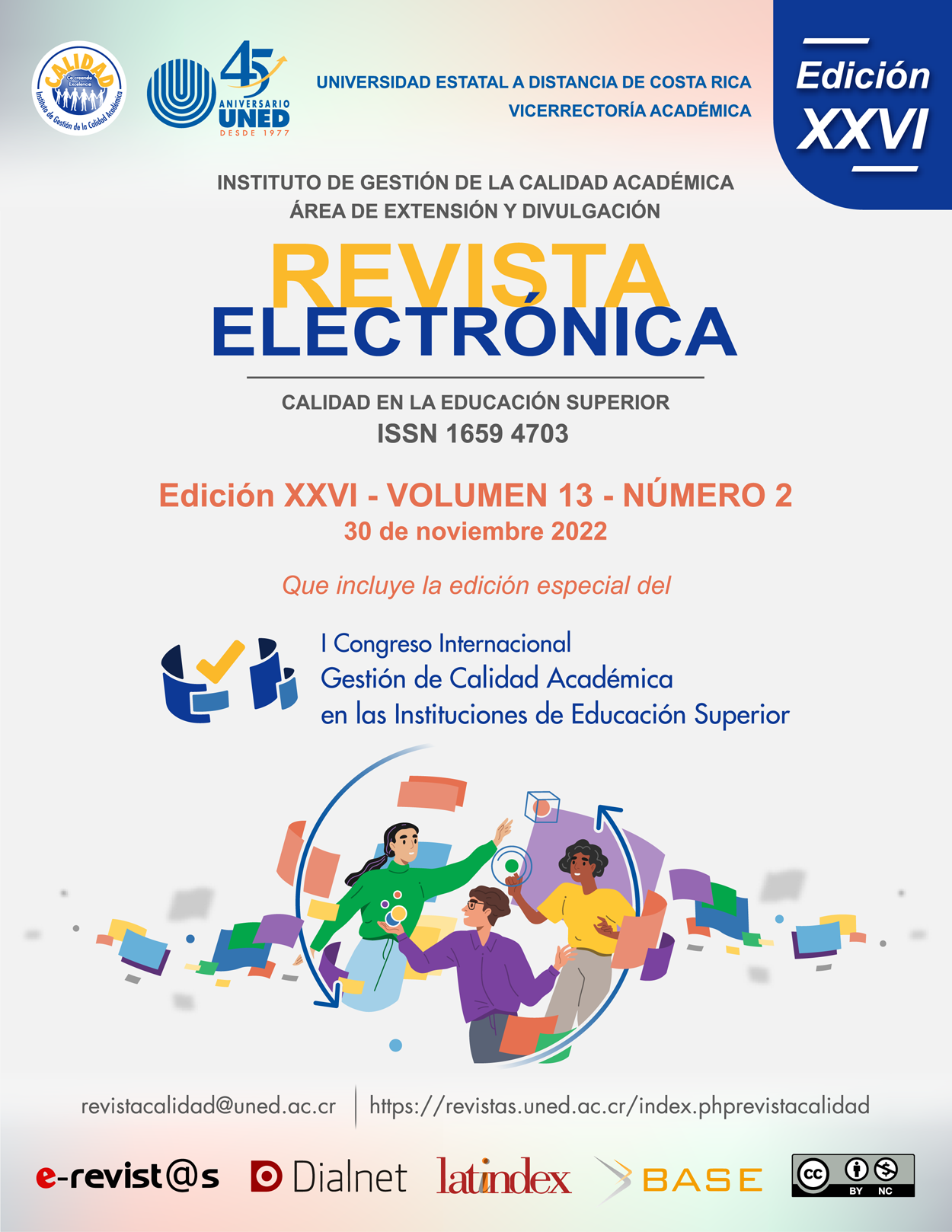The contribution of fault indicators to smart grids
DOI:
https://doi.org/10.22458/caes.v13i2.4490Keywords:
Smart Grid, fault indicator, data concentrator unit, internet of things, algorithm, Python, open source, remote communication, three-phase medium voltage power grid, Final Graduation Project (TFG), Supervisory Control and Data Acquisition (SCADA), Advanced Distribution Management System (ADMS)Abstract
The electricity sector has many challenges, one of them is related to the use of systems with a high level of reliability and availability, because customers have become more dependent on electricity, for instance: engage new transnational companies that seek to establish operations in the country, provide statistical data to improve business administration, improve customer satisfaction, among others.
This research included the use of sensors in a smart grid to detect faults in less time (depending on its location and amount). The results obtained from the investigation were a better monitoring of the medium voltage grid electrical variables, an efficient reaction time due to the segmentation of the route’s grid, savings in unsold energy, and others.
It was found that the recovery period of the initial investment is less than a 10 years period, and a sensitivity analysis was executed in which the preliminary economic viability of the project was presented.
References
ARESEP. (2020). Informe de Calidad. San José.
Katic, N., Marijanovic, V., & Stefani, I. (2010). Smart grid solutions in distribution networks Cost/Benefit analysis. Serbia: China International Conference on Electricity Distribution.
MINAE. (2021). Estrategia nacional de redes eléctricas inteligentes 2021-2031. San José.
Sánchez Vargas, R. (2017). Smart Grids: Experiencias en el Desarrollo de Proyectos Pilotos en Perú. Obtenido de https://www.endesa.com/content/dam/enel-pe/medios/pdf/Smart%20Grids%20ENEL%20CIP.PDF
Downloads
Published
How to Cite
Issue
Section
License
Copyright (c) 2022 Revista Electrónica Calidad en la Educación Superior

This work is licensed under a Creative Commons Attribution-NonCommercial 4.0 International License.
Esta revista provee acceso libre inmediato a su contenido bajo el principio de que hacer disponible gratuitamente la investigación al publico, lo cual fomenta un mayor intercambio de conocimiento global.
